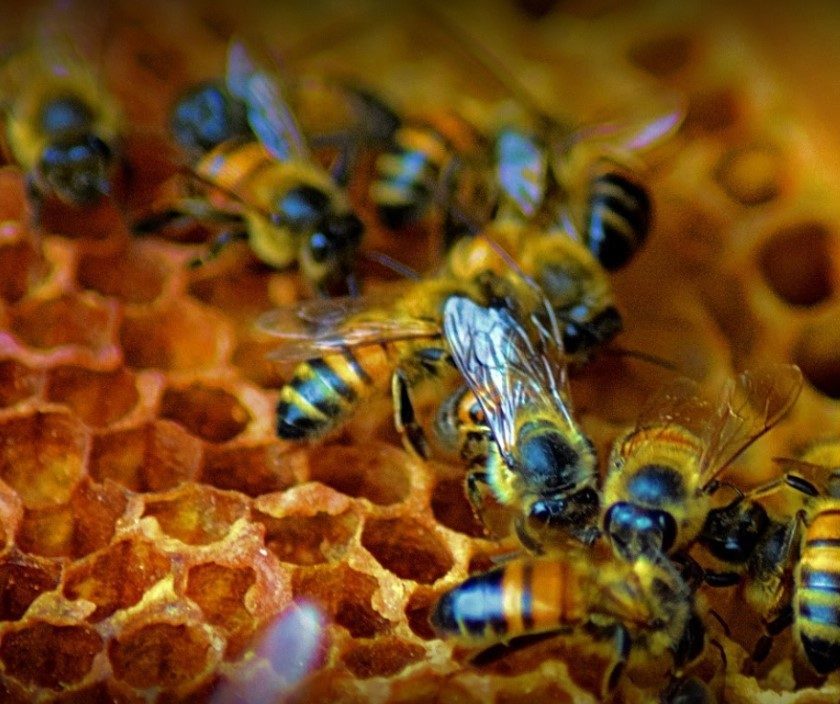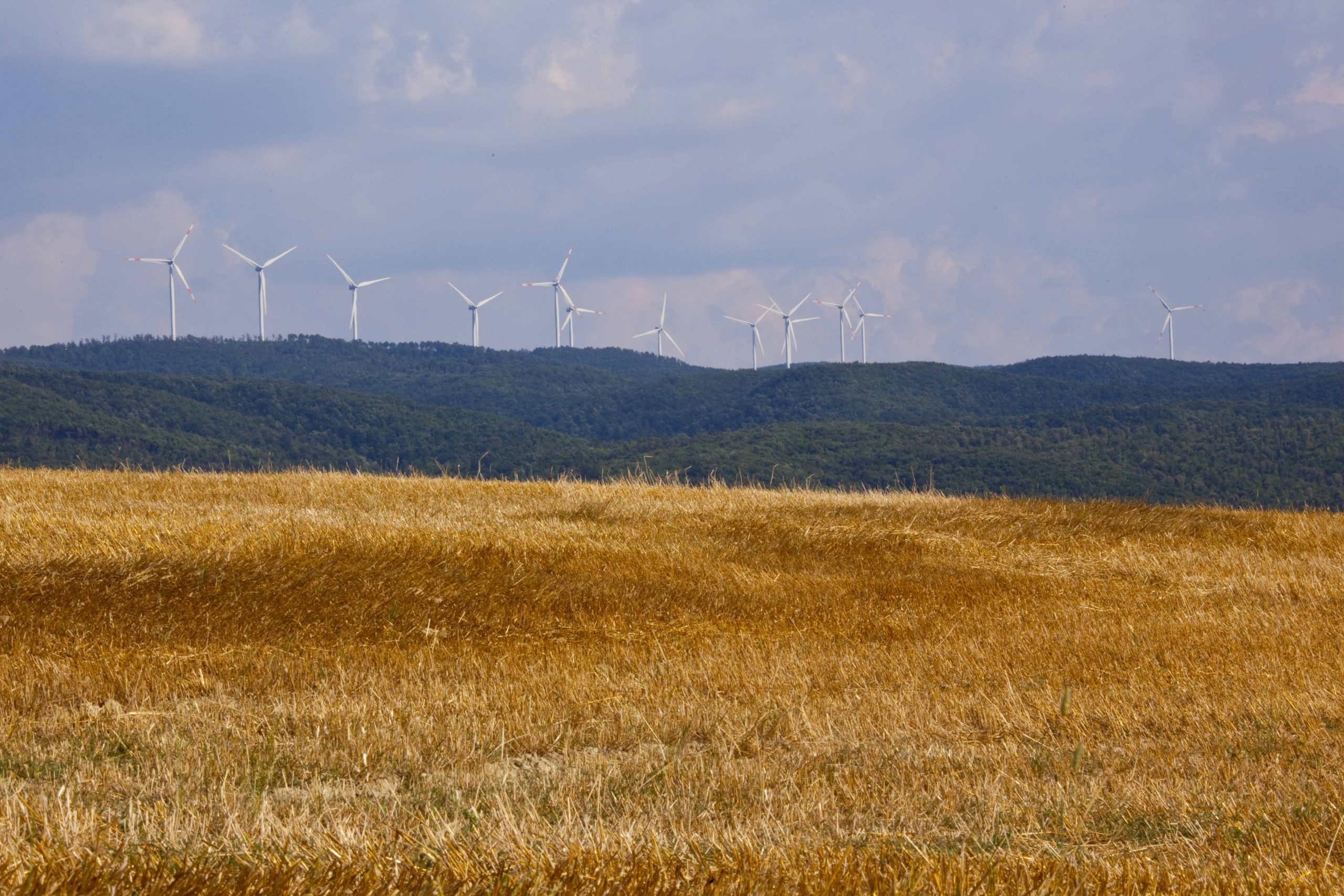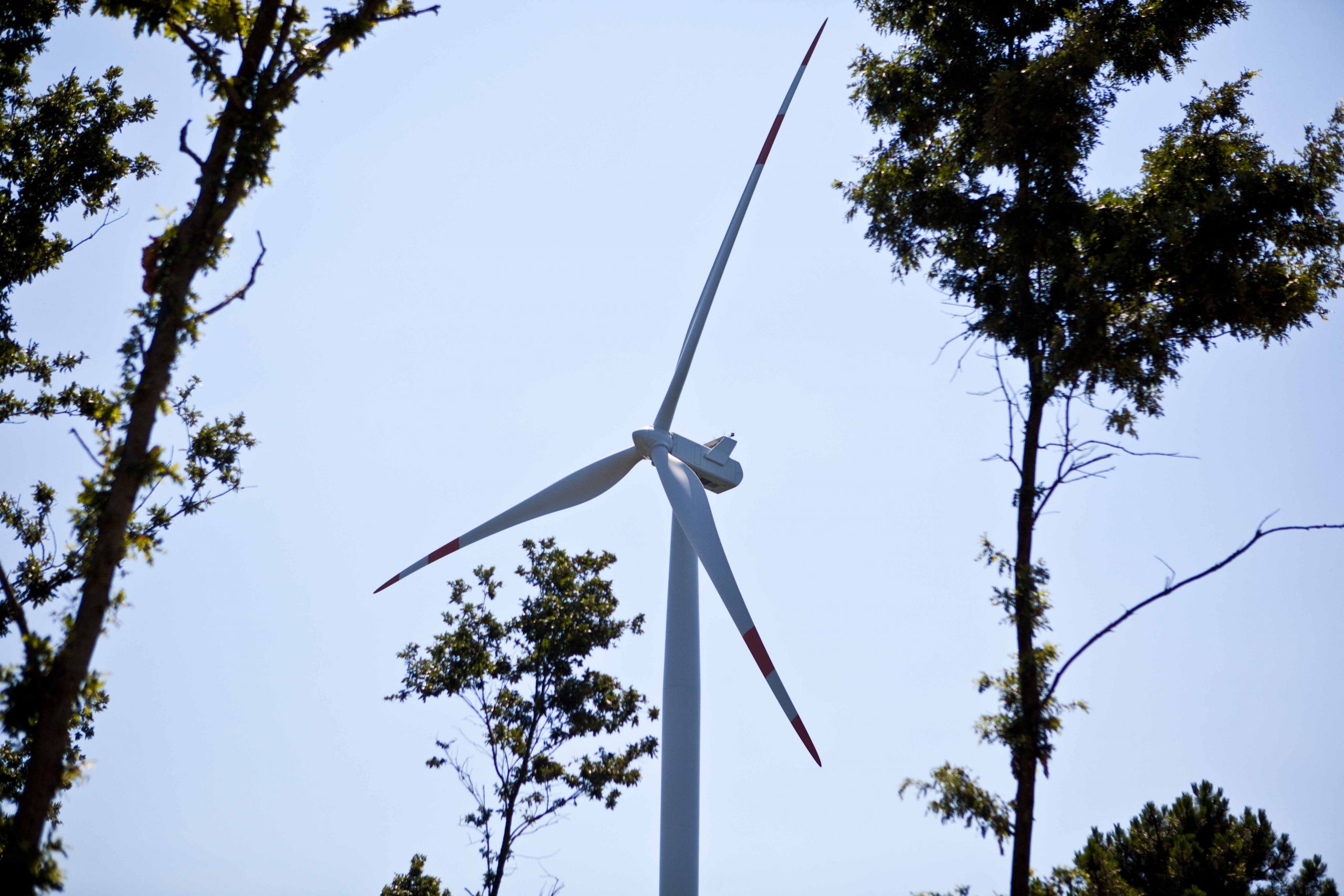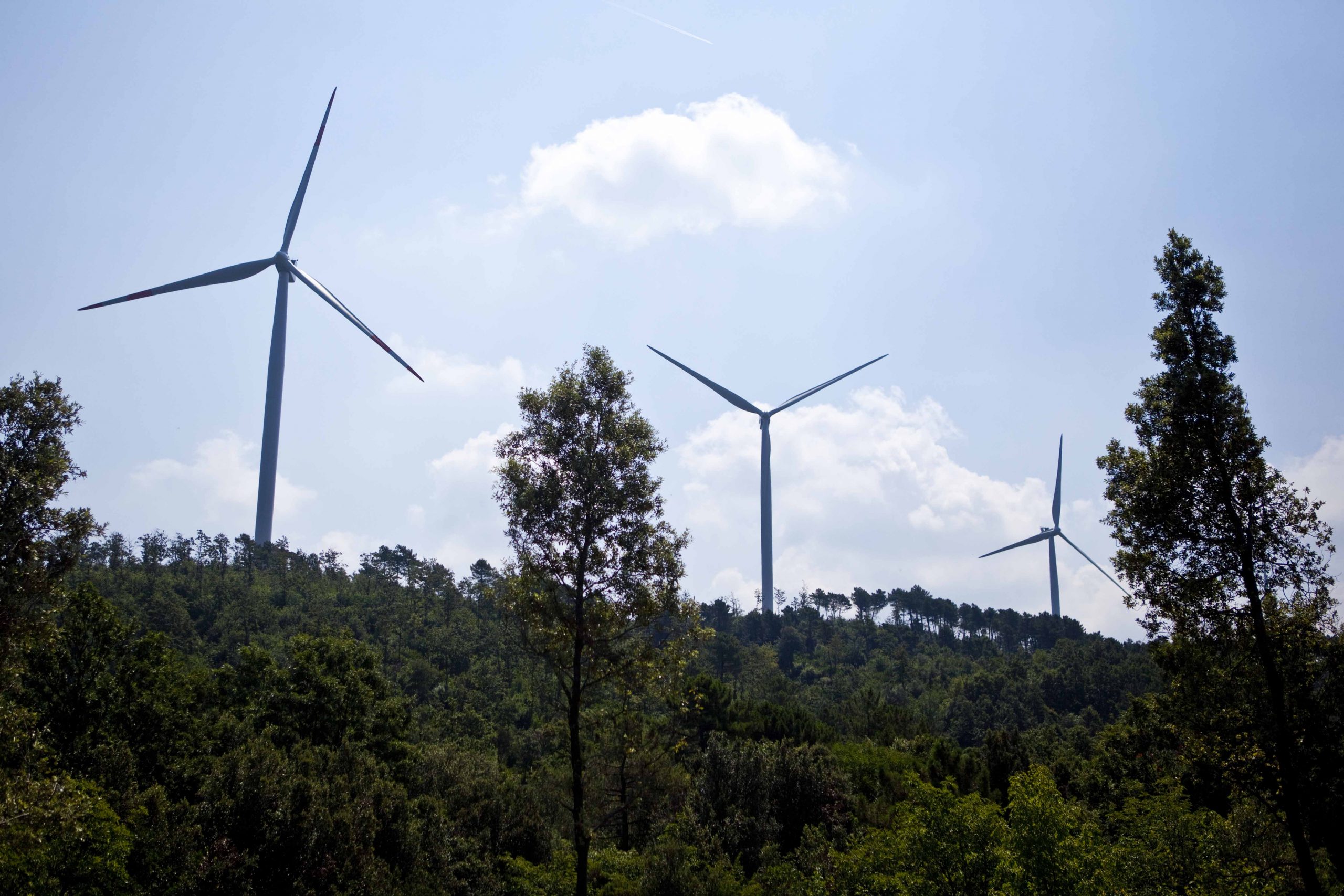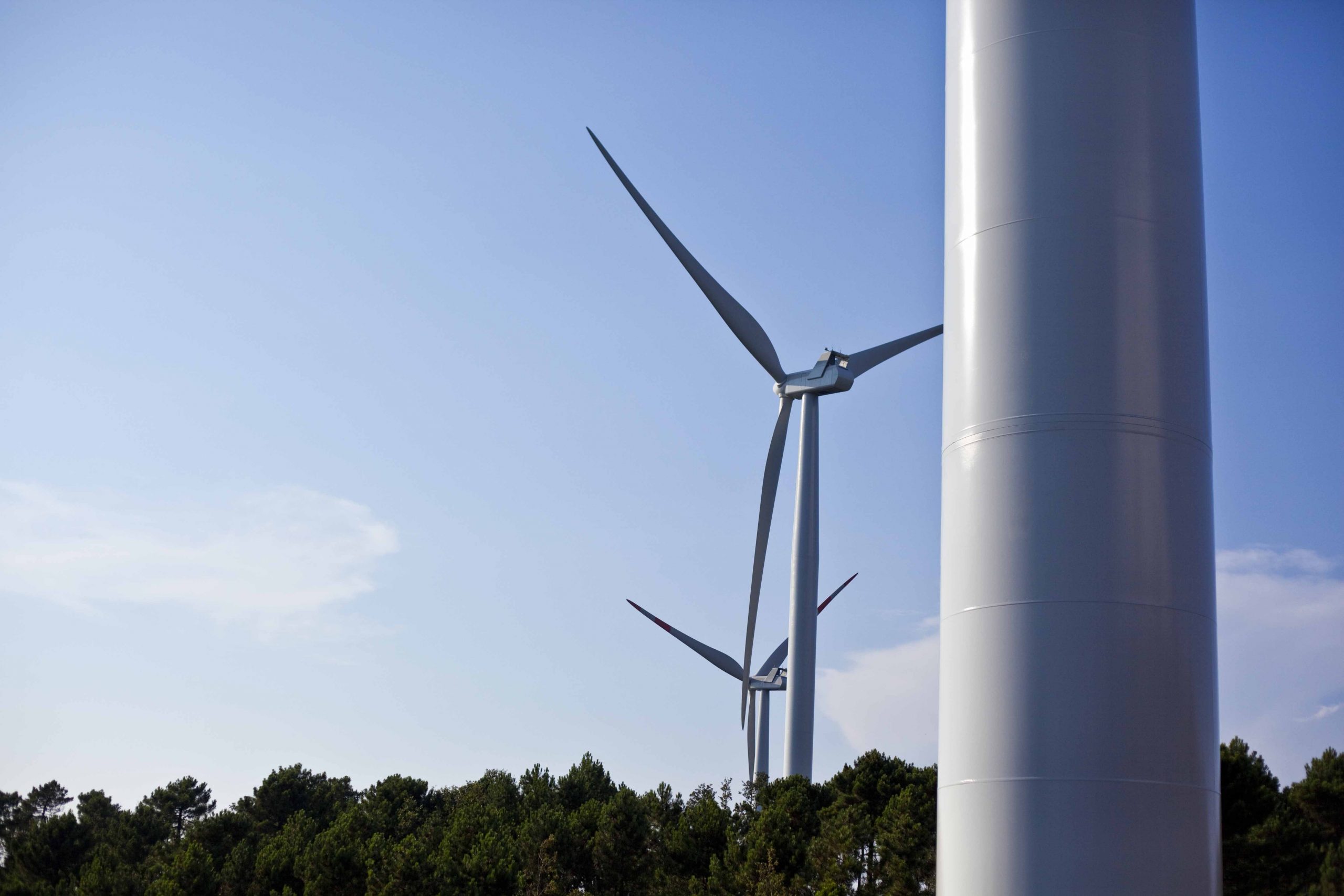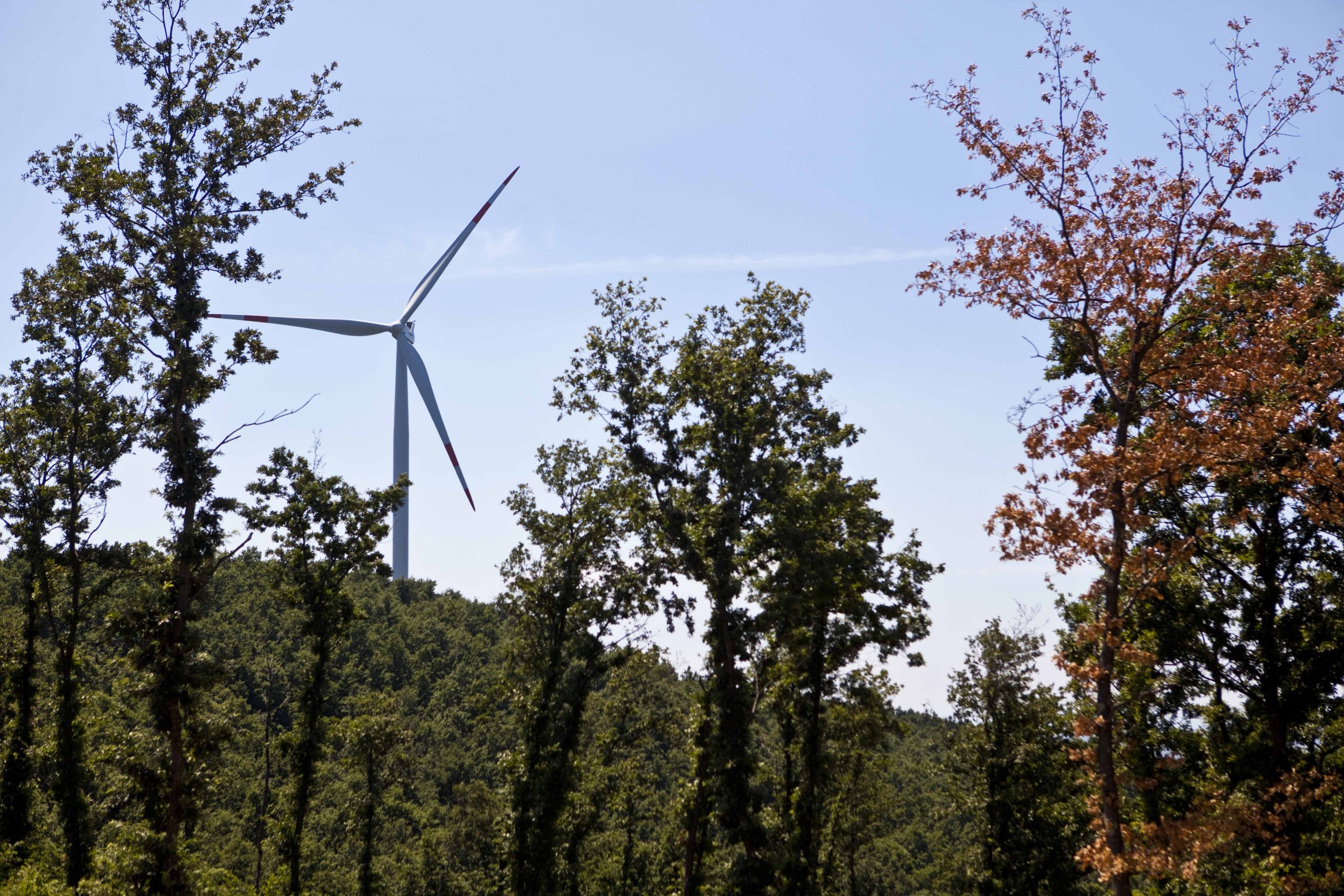Project Description
Santa Luce

Santa Luce

Where it is
“Be careful. In this village, the children still play in the streets”, says a sign at the entrance to the village of Santa Luce, a small medieval hamlet situated at the end of the hills of Pisa, and where you can still see the remains of the fortress and parts of the village walls. It is a typically Tuscan area, where agriculture has been transformed into an urban landscape. Or, as some architecture journals would describe it – rural urbanization. Hundreds of year-old olive groves, rows of grapevines, grain fields.
You cannot find any unfarmed land in these parts, because everything is grown here. From farmers, they have become, over time and out of necessity, also producers. As the mayor, Giamila Carli tells, “We are a people of ingenious farmers. The classic Tuscan farmer lives here who through hard toil has created the miracle of a production of excellence”. Being increasingly attentive to organic and, more in general, sustainable farming. The local products are the traditional ones – pasta, wine, oil, but not only.
| Legend |
|---|
 Wind Farm Wind Farm |
Browse the map and discover the places to visit, where to eat and where to stay, chosen by Legambiente
Agricultural traditions
If we follow the dirt road that enters the vast woodland area, we can find the largest wind farm in Tuscany. It is surrounded by roads and tracks that, at one time, were used for harvesting wood and today is the domain of mountain bikes (though you will need to be fit as the trails are corrugated, in Spain called rompepiernas). You can easily come across ancient breeds of pigs, whose historical traces can even be found in a famous Sienese fresco, “Gli effetti del Buon Governo in campagna” by Ambrogio Lorenzetti.
They are from the cinta Senese livestock farm of the Sienese Massimo Cantini, who after having bought in the 1980s an abandoned farm in the forest, over the years has established, with the help of his family, the agricultural company of Villa Magra. “We began as olive farmers and then became pig breeders. We now also do the processing and marketing of the cinta Senese pork”, he explains, a breed that was at risk of extinction and which must be bred in a wild, or semi-wild state, and pasture-grazed”. The latest news of the family, managed by his son Jacopo, is farm-camping, still being built but will be incredibly unique – you will sleep in original yurtas, the traditional Mongolian round tents with wooden frames, imported specially from Ulan Bator. Except that instead of eating buuz, Mongolian ravioli often filled with mutton, you will have to be content with superb cinta Senese cold cuts.
The valley of perfumes
However, Tuscan resourcefulness does not only stop at agriculture, even if the land still remains a focal point. For some years, these hills have been magically changed into a perfumed corner of Provence, with fields of grain converted into those of lavender. Thanks to the intuition of Rosario Rizzi, a Neapolitan transplanted in Tuscany, President of Flora, a company that produces high-quality essential oils and herbal products, all organically certified. “Lavender is a Mediterranean panacea which combines well with wheat” – he explains – “we began 5 years ago with an experiment and today we have 20 hectares and 6-7 companies cultivating lavender”.
The “valley of the perfumes”, as the valley has already been renamed, is becoming a fashionable place to visit, to the extent that 2 years ago, before Covid radically changed our lives, a Festival of Lavender was organized in mid-June, with conferences, shows, theatre and the involvement of all the village. From this experience, amongst the local businesspeople, there has grown awareness and willingness to work together, combining their efforts. “We have established a network of different companies in 6-7 municipalities, with the aim of working on a tourism experience” – explains Rizzo – “For example, the restaurant owners will have to guarantee one organic meal a day and hotels offer a courtesy kit of ecological bathroom products. The idea is to promote the region’s excellence and also to stimulate change from the bottom up, starting with our visitors”.
The Regional Reserve
Where this slow tourism is concerned, it is worth mentioning the Santa Luce Regional Reserve, with a lake constructed by Solvay in the sixties as a catchment area. The lake, privately-owned, is not suitable for swimming, but the reserve has been managed by LIPU (Italian Bird Protection League) since 1992 and, in 2009, became a Site of Community Importance (SCI). A paradise for birdwatching, numbering about 200 different bird species, the area is an ecological corridor on the migratory routes for the large gliding birds that arrive in spring and leave again at the end of summer. On the weekends, you can visit the reserve following a 2-kilometer nature trail in part along the lakeshore, or participate in one of the many activities organized by LIPU which, other than carrying out a conservation and protection role, also organizes events, courses and workshops for young people, which are quite popular.
A center of Tibetan Buddhism
Instead, few visitors from outside would imagine that nestled in these rolling hills for more than 40 years, there is a special refuge – Lama Tzong Khapa Institute, a Tibetan Buddhist centre of the Mahayana tradition. Three young people from Milan who had embarked on the hippy trail to Nepal in the portentous seventies decided on their return home to launch themselves into a new adventure. Considering the climate of that time, it should have been something quite similar to a commune, or a mandala, but it has turned into one of the most important Buddhist centres in Europe (the gossip, even present in religious circles, recounts that even Richard Gere and Roberto Baggio were visitors here).
Located in the village of Pomaia, part of Santa Luce, the study centre hosts a monastic sangha (community of practising Buddhists) and a mixed group of students and trainees coming from all over the world who attend lessons in philosophy, meditation and a Master in Neuroscience, in collaboration with the University of Pisa. Moreover, soon, after an arduous and long bureaucratic road lasting more than ten years, we will finally see, in the area of a former quarry also visited by the Dalai Lama in 2014, the largest Buddhist centre in Europe, with a monastery, temple and library.
A look towards the sea
From these Tuscan hills, you must, of course, make a trip to Castiglioncello on the sea, no more than 15 minutes away by car. This small fascinating point over the sea was made famous by some scenes set there during the making of the film Il Sorpasso, by Dino Risi, a modest film which ended up recounting a generational story of an entire season of the seventies, outlining different aspects with surgical clarity – the illusion, cynicism and a disastrous collapse. The meaning of life.
From then, Castiglioncello has not greatly changed, especially the old part of the village, where the last villas were built before the war – the most bizarre being the modernist architecture of Villa Celestina -, even if the beach of Sorpasso, the one where at night you could enjoy “the open air and a ceiling of stars”, no longer exists, washed away by the sea currents. However, if you are a little curious about the film, you could always visit the lido, where the historical owner, the 90-year-old Edda Lami, is full of energy and the talkativeness of a 20-year-old, the historical memory of the village, will certainly know how to satisfy your curiosity. In at least five languages. She is still learning Russian.
